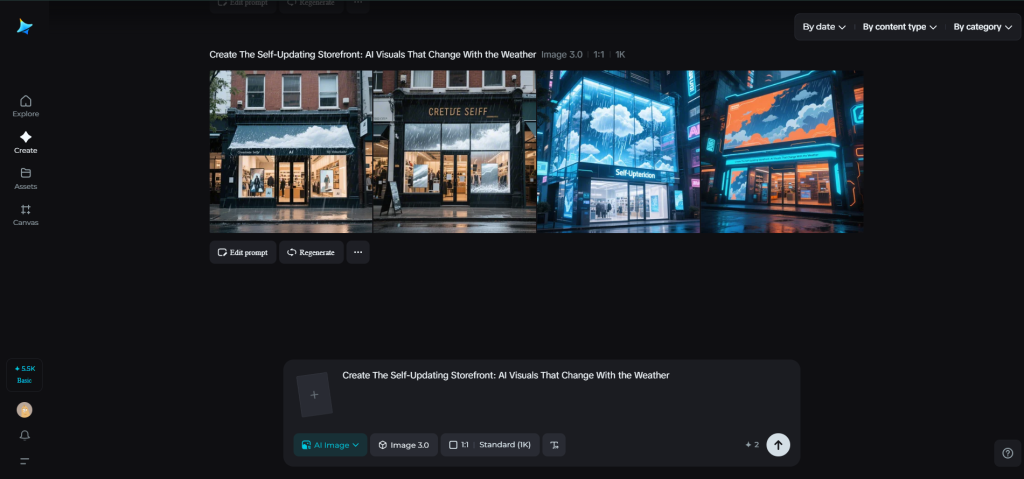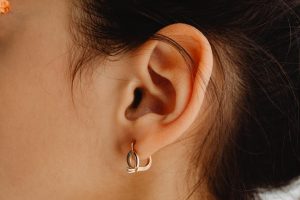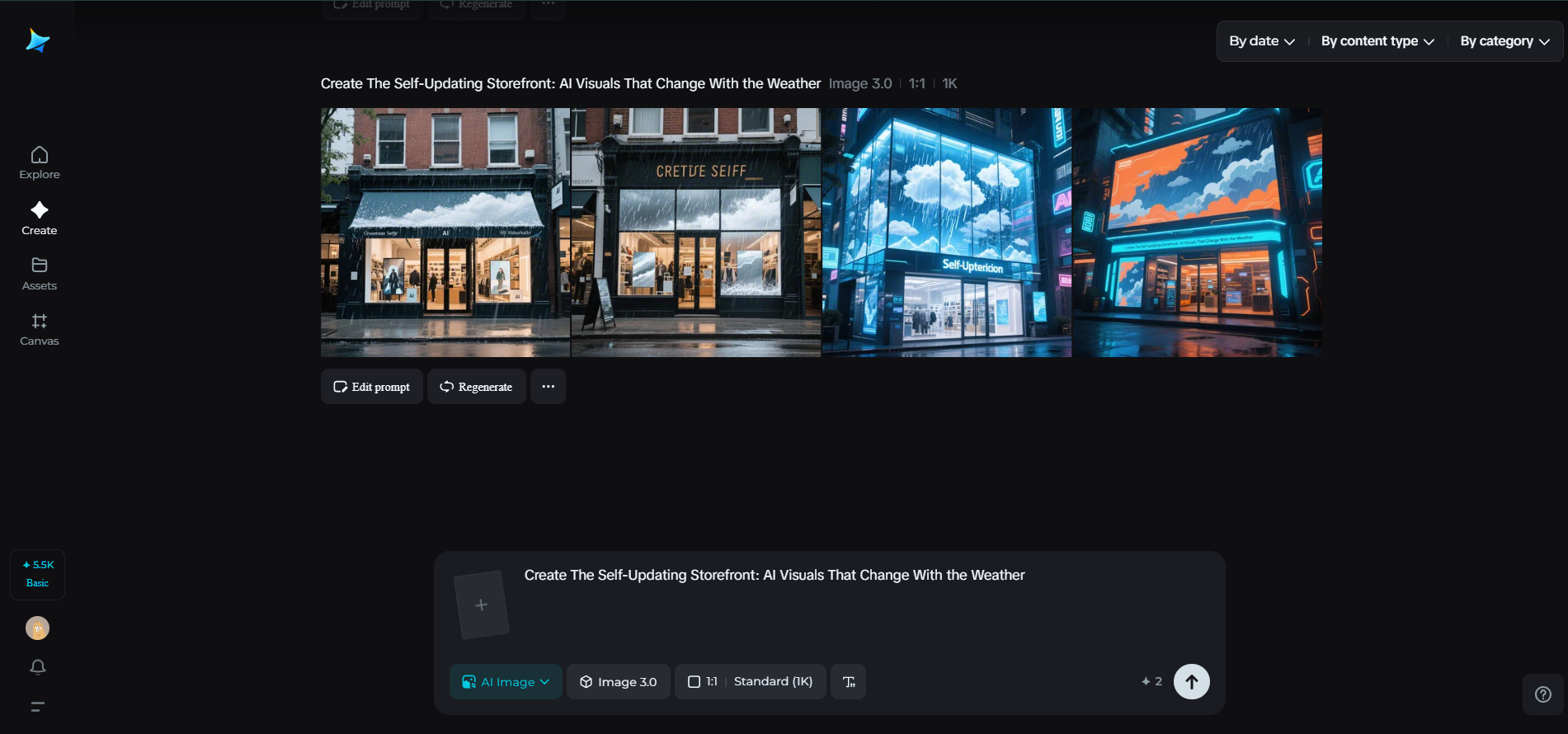
The Self-Updating Storefront AI Visuals That Change With the Weather
Windows that talk back to the sky
-
Sun exposure: It means high contrast and crisp shadows; rain leans into reflections and soft glows; fog favors minimal shapes and big type.
-
Temperature guides palette: warm hues for heatwaves, icy gradients for cold snaps.
-
Wind suggests motion: ribbons, particle trails, or typography that “leans” into the breeze.
Forecast-to-fork: restaurants that season their visuals
-
Heatwave specials: show frosted glasses, condensation, and citrus slices; widen negative space so the creative “breathes.”
-
Rainy-day comfort: push closer crops of textures—bubbling sauces, flaky crusts, steam lines—so the screen feels warm.
-
Cold mornings: pair thick sans-serif headlines with knit-like textures to echo cozy layers.
Retail that reharmonizes in real time
-
Sunny: saturated lookbooks, high-speed shadows, lively diagonals.
-
Overcast: desaturated, matte, editorial calm—perfect for premium drops.
-
Snow: sparkle grains, slower transitions, and symmetrical compositions to imply quiet.
The choreography of consistency
-
Core constants: logotype placement, type pairing, and a 2–3 color anchor that never changes.
-
Variable accents: background textures, motion tempo, and framing.
-
Fallbacks: when weather data fails, default to a neutral “evergreen” set.

When prints behave like screens
-
A trilogy poster series: one sunny, one rainy, one nocturnal. Rotate installs based on the forecast.
-
Die-cut overlays that add droplets or starry speckles when swapped.
-
Reflective inks that explode under headlights at night.
Tiny storms: character stickers that travel
Data, drama, and decency
-
Context: avoid imagery that contradicts real conditions; nothing breaks trust like a beach scene during a blizzard.
-
Accessibility: color contrast must remain readable across palettes.
-
Respect: keep geolocation use transparent; you don’t need precise targeting to trigger a city-wide weather theme.
The live-ops mindset for design
Forecast to feed: craft a weather-reactive visual with Dreamina
Step 1: Compose a monorail text prompt
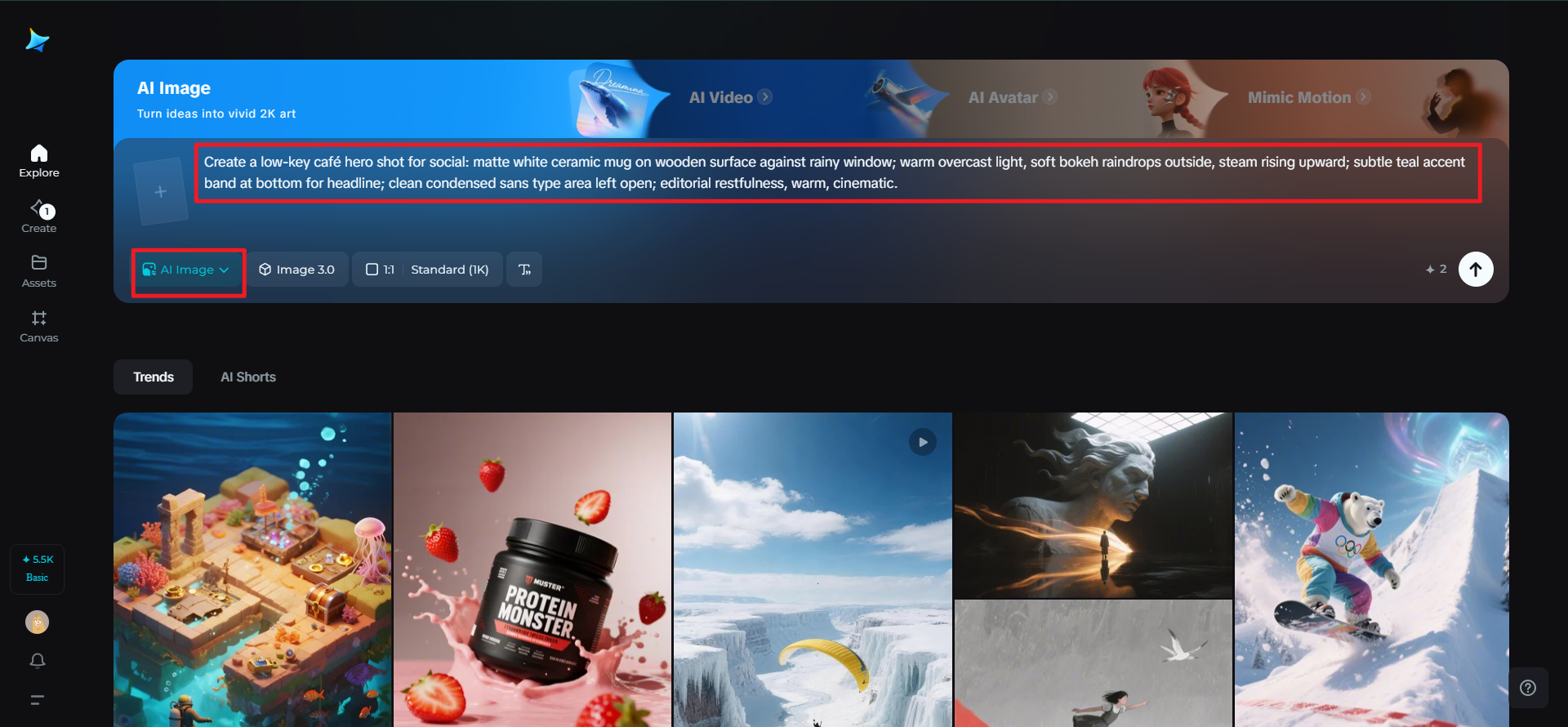
Step 2: Modify parameters and create
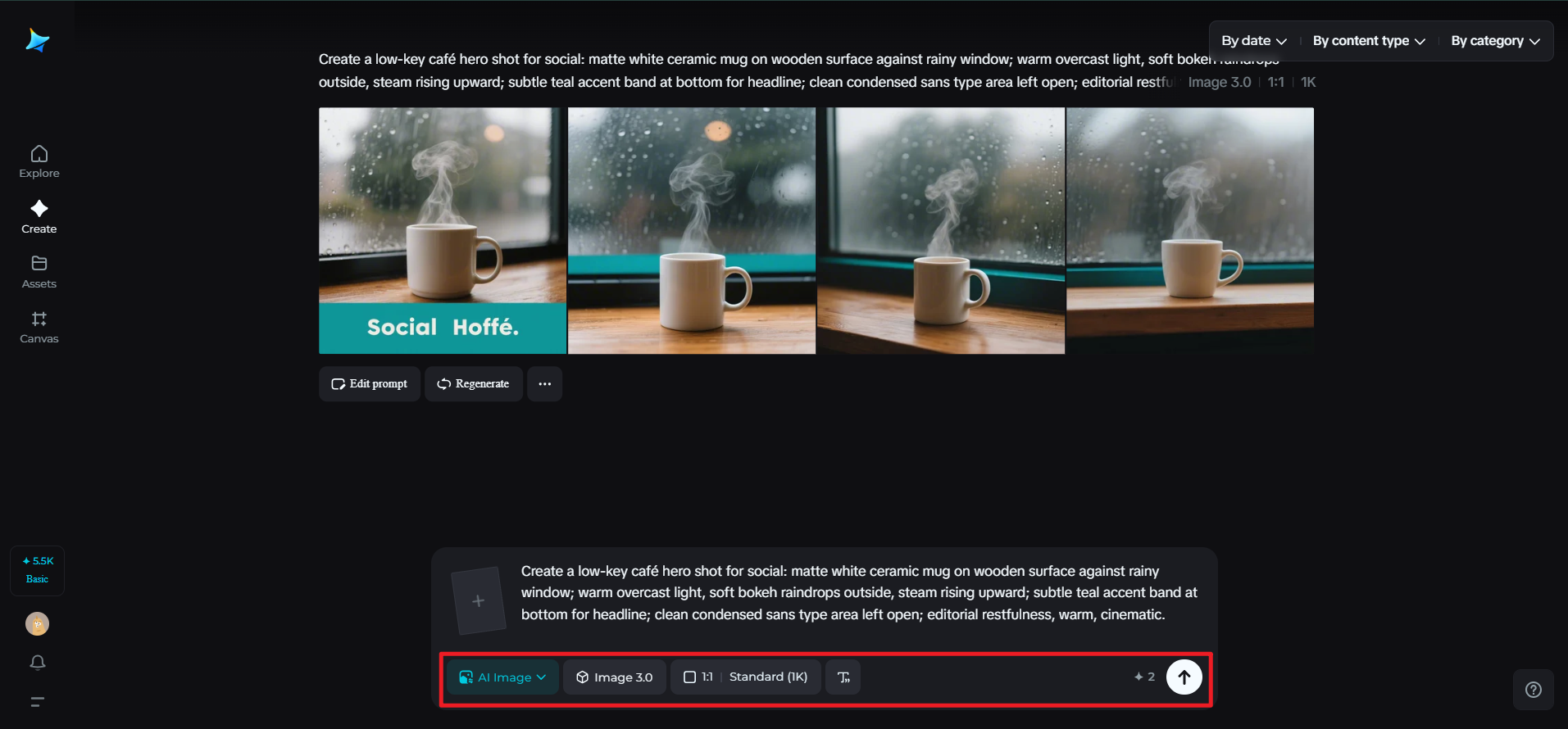
Step 3: Personalize and download
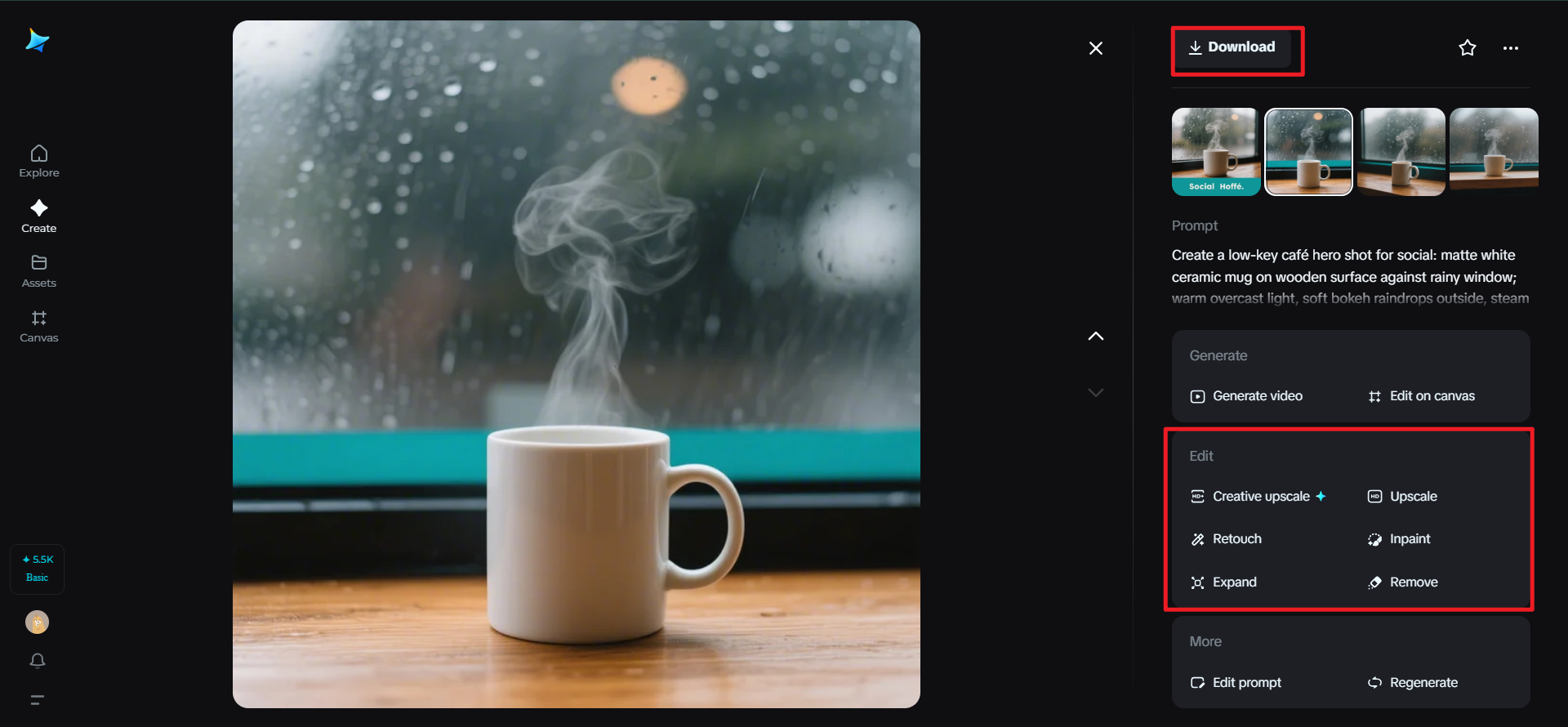
Scenes that swap themselves: a few nimble campaign recipes
The noon flip
The storm watch offer
The night bloom
Visual ingredients that forecast well
-
Light rigs: rim light for sunny days; softboxes for cloudy; underglow for evenings.
-
Texture fields: grain for fog, prism flares for sun, micro-droplet overlays for rain.
-
Framing: looser crops in heat (airiness), tighter crops in cold (coziness).
Measuring the breeze without losing the soul
-
Watch tap-through and dwell time when conditions change; a gentle uptick signals resonance.
-
Ask your community which weather set they want next weekend; turn it into a playful poll.
-
Retire effects that feel gimmicky after two runs; keep the ones fans nickname.
Closing the umbrella

fashionabc is a fashion technology platform, comprising a digital directory and various other digital tools and supply chain solutions for the fashion industry ecosystem, that focus on ethical fashion and sustainability. We are building inclusive digital transformation tools for fashion professionals who are willing to take steps towards a more sustainable ethical fashion industry, by adopting AI and DLT blockchain technology.
* building digital profile and IP solutions for fashion businesses
* tackle issues such as provenance and counterfeit in supply chain
* contribute to the construction of a meritocratic ethical fashion industry which is certified and part of the circular economy


